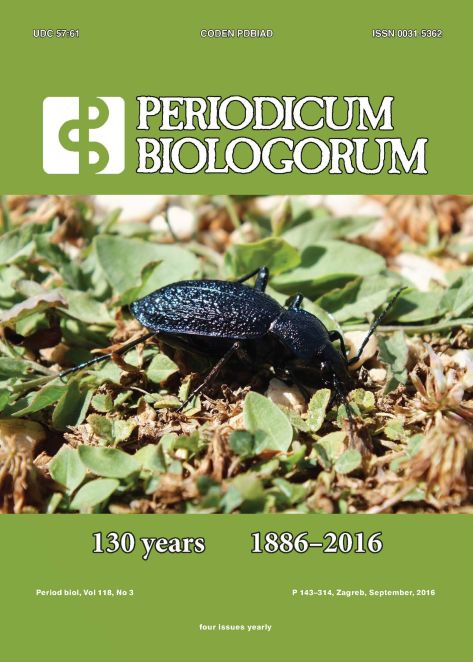Body size inequality in ground beetle (Coleoptera: Carabidae) assemblages as a potential method to monitor environmental impacts of transgenic crops
Abstract
Background and Purpose: Despite the obligatory post-market environmental monitoring of genetically modified (GM) crops in Europe, there are no available methodological guidelines or standards. Our aim was to examine the suitability of carabid body size inequality as a possible method for environmental monitoring.
Material and Methods: We used carabids collected by pitfall traps in both insect-resistant GM (producing a Bacillus thuringiensis toxin) and isogenic maize plots at Flakkebjerg (Denmark), within the framework of the AMIGA Project. The body size distribution was calculated using various measures of size inequality: the Lorenz curve, the Gini and the Lorenz asymmetry coefficients every month during the summer 2014.
Results: A total of 6339 carabids belonging to 38 species were captured and identified. The analysis detected a significant shift in size inequality between months, indicating the larger number of individuals of smaller-sized species later in the season, but no significant difference in inequality or mean body size was found between the assemblages in GM vs. isogenic maize plots.
Conclusions: We concluded that the evaluation of body size inequality was sensitive to subtle changes in the structure of the carabid assemblages, and this method had the potential to be used during monitoring of the unanticipated environmental effects of GM plants.
Downloads
Additional Files
Published
Issue
Section
License
The contents of PERIODICUM BIOLOGORUM may be reproduced without permission provided that credit is given to the journal. It is the author’s responsibility to obtain permission to reproduce illustrations, tables, etc. from other publications.


